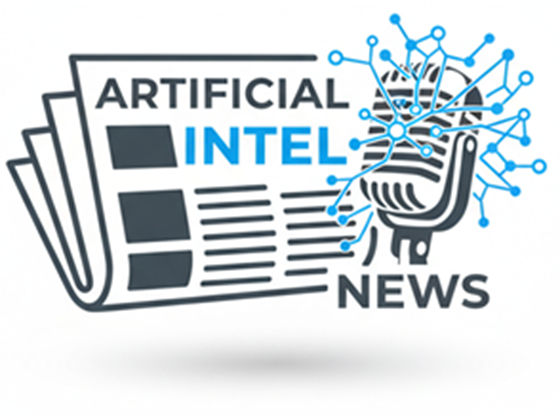Navigating the AI Revolution: Policy Shifts and Global Impacts
In a strategic move to position the United States at the forefront of the AI revolution, recent policy shifts signal a departure from previous cautious approaches. These changes are poised to influence industries across the spectrum and impact the everyday lives of American consumers.
Building Infrastructure and Cutting Red Tape
Central to the new policy is the accelerated development of AI infrastructure. This includes streamlining processes for constructing data centers and semiconductor facilities, particularly on federal lands. The goal is to reduce bureaucratic hurdles and ensure that the power grid can support increased demand from AI technologies.
National Security and Global Competition
As AI technology becomes a critical component of national security strategies, the policy underscores the importance of safeguarding the U.S. supply chain from foreign adversaries. Emphasis is placed on protecting against technologies that may compromise security, with a particular focus on excluding foreign-made components.
Empowering Innovation and Job Creation
The policy also aims to nurture American innovation by partnering with local governments to create AI-related jobs and upskill the workforce. This approach seeks to harness the full potential of American creativity and technical expertise.
Balancing Free Speech and Regulatory Oversight
In the realm of digital communication, the policy advocates for AI systems that respect free speech while remaining objective. This balance is critical to maintaining democratic values in an era increasingly influenced by AI-driven content.
Focus on Open AI Models
Recognizing the growing influence of open AI models, the policy supports initiatives that provide startups and researchers access to vital resources. These efforts aim to democratize AI development and promote transparency in AI research.
As these policy changes unfold, their execution will determine the extent of their impact. By aligning infrastructure, innovation, and regulatory frameworks, the U.S. seeks to lead the AI race while safeguarding its national and economic interests.





